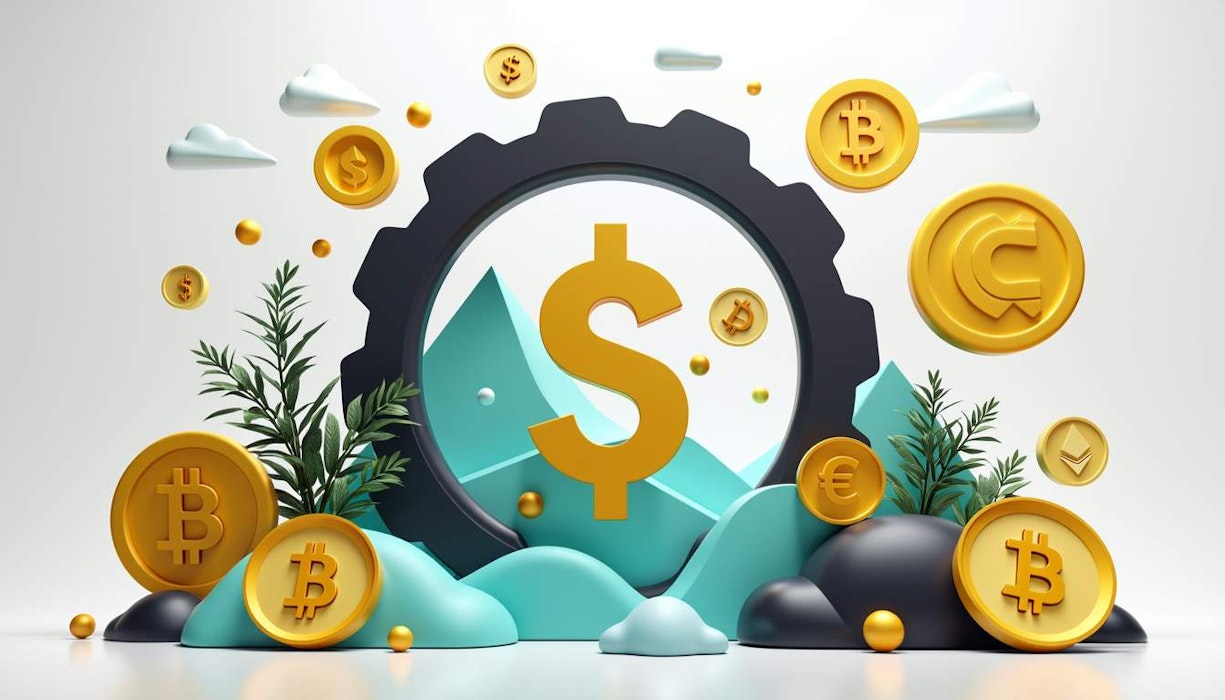I've been diving deep into the waters of DeFi lately, and one thing that's caught my eye is Uniswap's new fee model. You know, the one that's supposed to be revolutionary? But as I looked closer, I couldn't help but wonder if it's just another step towards centralization. Let's break it down.
Unpacking the Fee Structure
So here's the deal: Uniswap V3 has this multi-tiered fee system with 0.01%, 0.05%, 0.30%, and a whopping 1% for those risk-loving traders out there. This setup supposedly gives liquidity providers (LPs) a choice based on their trading strategies. And don't forget the cherry on top—a 0.15% front-end fee for using their web interface, which is in addition to the existing protocol fee that goes straight to LPs.
Now, I get it. They need to make some dough—over $1 million collected in just a month! But does anyone else feel like this is a slippery slope?
Comparing with Other Exchanges
When you stack it up against other platforms, things get interesting. Most crypto exchanges—be they centralized like Binance or decentralized like SushiSwap—have pretty standard fee structures. And I mean standard; they're usually fixed and not up for negotiation.
Uniswap V3’s model is almost too clever for its own good. It allows for low fees on stablecoin trades while charging higher rates on more volatile assets where the risk is greater for LPs. But isn’t that just making them more attractive to use?
And let’s talk about that “0 fee” promise everyone was raving about before V3 dropped—it feels broken now doesn’t it? The moment you add a front-end fee into the mix, that dream goes up in smoke.
Is Centralization Inevitable?
Here's where my skepticism kicks in: If you look at how things are structured right now, isn't it kind of beneficial for Uniswap Labs? They collect fees while claiming decentralization as their banner.
The proposed "fee switch" might be even worse! Imagine UNI token holders getting a cut while we all pay out our asses trying to swap tokens on what used to be our beloved DEX.
But maybe there's hope yet? If you squint hard enough, you can see how this could lead to an actual "no-fee" crypto wallet down the line—one that’s truly decentralized and community-driven without lining anyone's pockets.
Summary
So yeah, I'm torn here folks. On one hand, Uniswap's innovative approach might be necessary for its survival and development; on the other hand, doesn't it feel like we're setting ourselves up for another layer of centralization?
What do you guys think? Are we overreacting or is there something deeper brewing under those multi-tiered pools?
